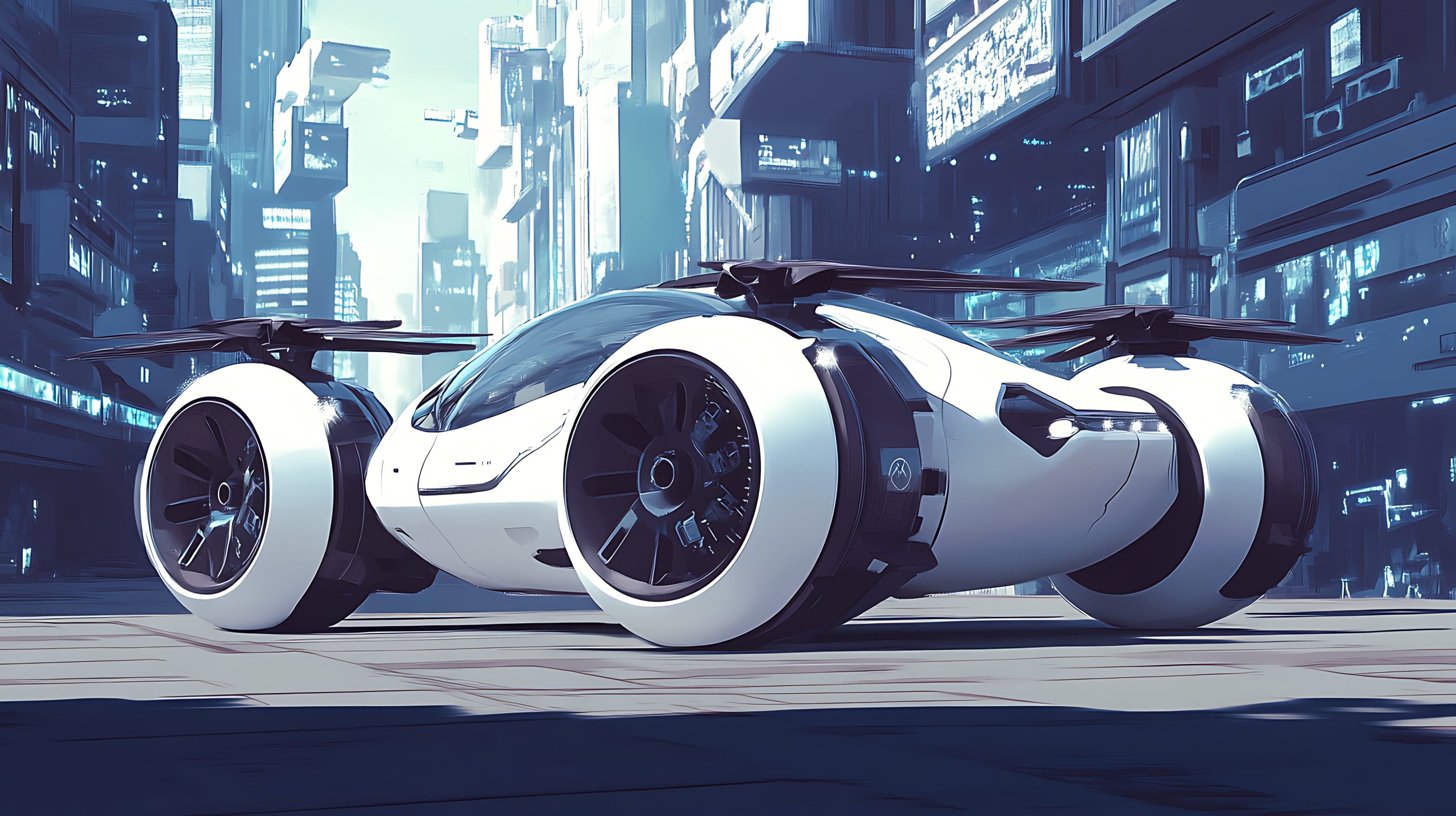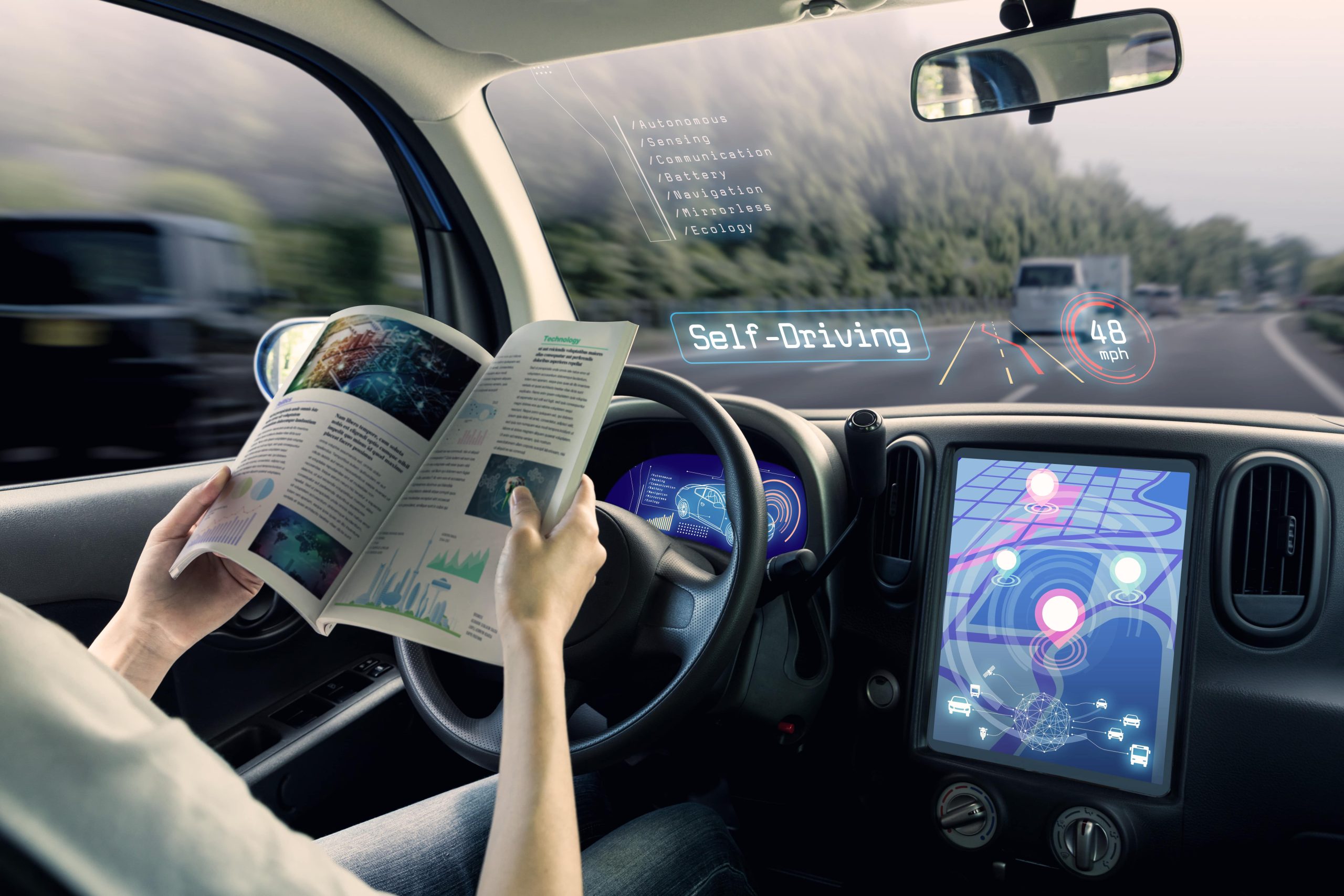Flying cars have been a part of science fiction for decades. From futuristic cities in movies to comic books, the dream has always felt just out of reach. Now, that dream is slowly starting to look real. Engineers are building prototypes, and test flights are happening. But making flying cars common is about more than just having the right tools. Let’s take a look at the sky-bound future of transportation.
From Fiction to Flight: The Idea Becomes Reality
In 1947, the Convair Model 118 flew before crashing during testing. That set efforts back for decades. Today, the idea is gaining new life thanks to modern electric motors, lighter materials, and better control systems. Companies are now designing flying cars from the ground up, rather than modifying regular cars to transform them into aircraft. Many of these vehicles won’t drive on roads —they’re built to operate like air taxis.
How Flying Cars Work
Most new flying car concepts are called eVTOLs—electric vertical takeoff and landing vehicles. These machines lift off like drones and glide like airplanes. They don’t need long runways and can take off from a pad on a city rooftop. Many use multiple spinning rotors for lift and separate systems for forward flight. Some tilt their rotors or wings to switch between vertical and horizontal movement. Each design is different, but the goal is the same: safe, efficient flight in crowded airspace.
Powering the Skies: The Battery Challenge
Electric power is clean and quiet, which makes it ideal for urban areas. But flight uses much more energy than driving. Current lithium-ion batteries are heavy and don’t store enough power for long trips. Many flying cars can only stay in the air for 20–30 minutes. That makes the range a big problem. If a car runs out of power on the road, it can stop safely. In the air, that’s a life-threatening emergency. Engineers are trying to improve battery life, reduce weight, and test other power sources like hydrogen. Until batteries get better, range and safety will remain serious concerns.
Companies Leading the Way
Companies are racing to bring flying cars to market. Each one is testing different designs and business models.
- Alef Aeronautics has built the Model A. It looks like a car but lifts off vertically to avoid traffic. It received FAA approval for limited flight testing.
- Joby Aviation is focused on shared rides. Their air taxi carries four passengers plus a pilot. It’s quiet, fast, and meant for short urban trips.
The Roadblocks Ahead
Regulation
Right now, there are no complete rules for personal flying cars. The FAA is working on this, but it’s a long process. Authorities must create systems for licensing, flight paths, air traffic control, and pilot training—or even autonomous flight standards. Until rules are clear, flying cars can’t operate on a wide scale.
Safety
No one wants flying vehicles crashing into buildings or each other. That’s why every system needs backup parts, smart sensors, and fail-safes like parachutes. These vehicles must be tested thousands of times before they can carry people commercially.
Infrastructure
Flying cars need places to land and recharge. Cities must build vertiports with takeoff pads, waiting areas, and charging stations. That’s a big investment and will take years to roll out.
Battery Technology
Better batteries are crucial. Right now, most flying vehicles can’t stay airborne long enough to replace common trips. Researchers are working on new materials and power sources to solve this.
Cost
These machines are expensive. Until costs drop, only wealthy people or companies will be able to afford them. Ridesharing models might help bring prices down by spreading the cost over many users.
Public Trust
Even if the tech is safe, people need to believe in it. They’ll want to prove these machines are quiet, secure, and won’t crash overhead. Public acceptance will take time and transparency.
Bottom Line
Flying cars won’t be on every driveway next year. But within the next 10 to 20 years, air taxis may appear in big cities. First, we’ll see them used in emergencies, by businesses, or for airport shuttles. Mass use will come later—if cost, safety, and battery challenges are solved. Flying vehicles could ease traffic, cut travel time, and change how we live. But it’ll take effort from engineers, lawmakers, and the public to make it happen.
Flying cars are no longer just a dream—they’re being built and tested right now. Companies like Alef and Joby are pushing the limits of what’s possible. But serious work remains before the skies are filled with buzzing air taxis. Regulation, battery tech, and public trust must catch up. Still, the path is set. The future is rising—slowly but surely—above our heads. This article is for informational purposes only. Please refer to official sources or manufacturers for the most accurate and up-to-date information.









